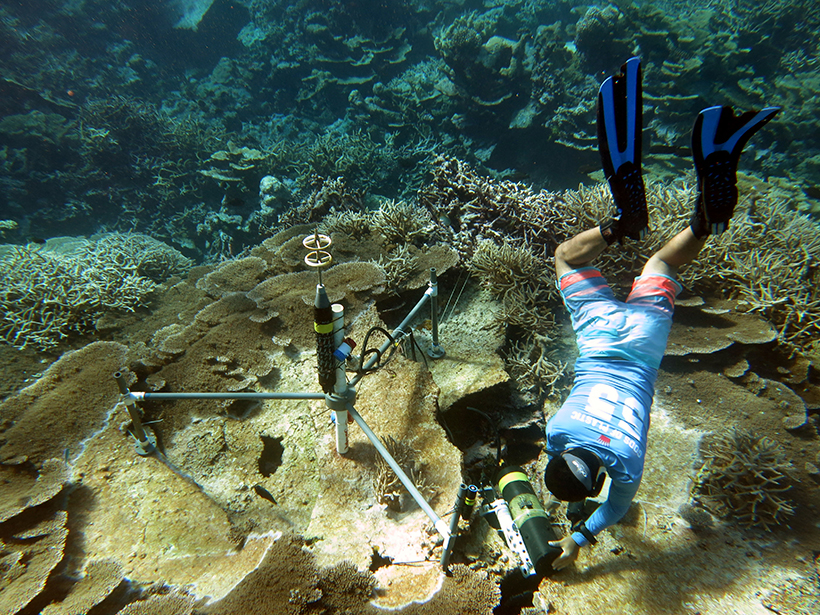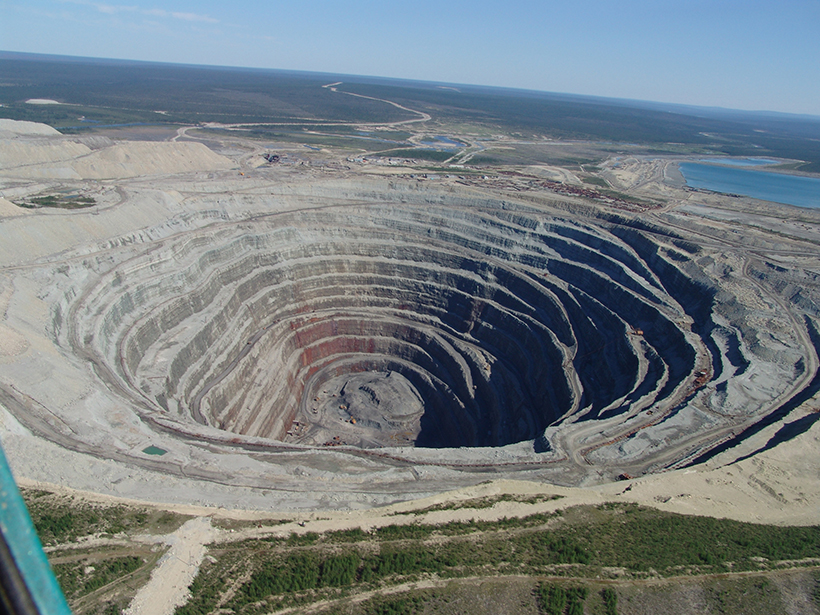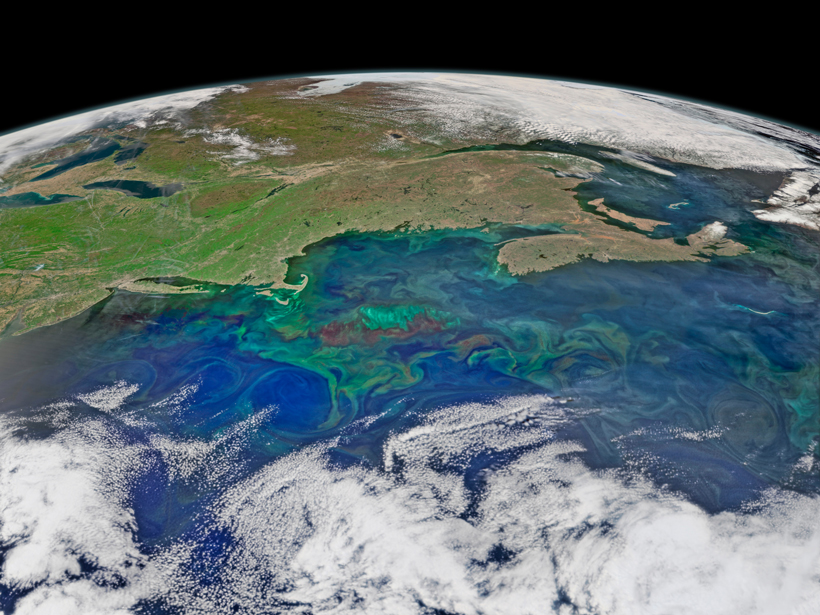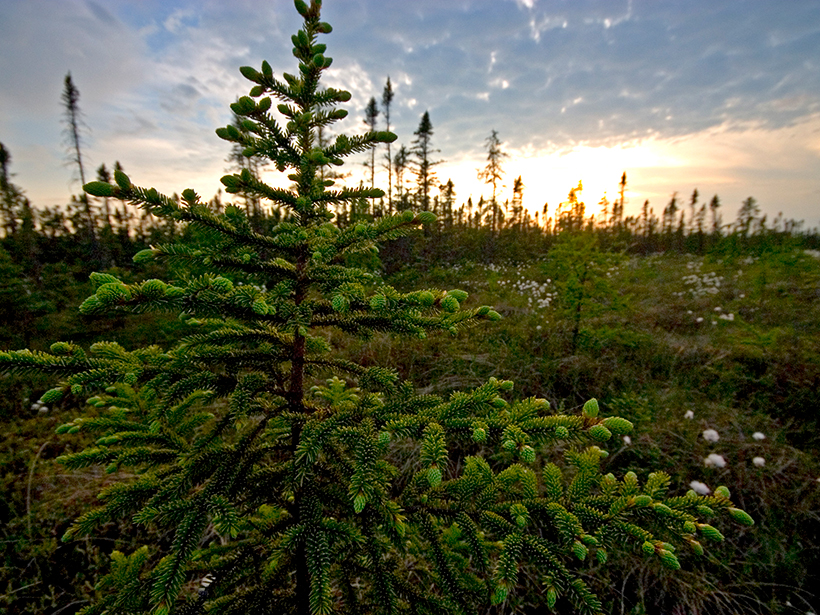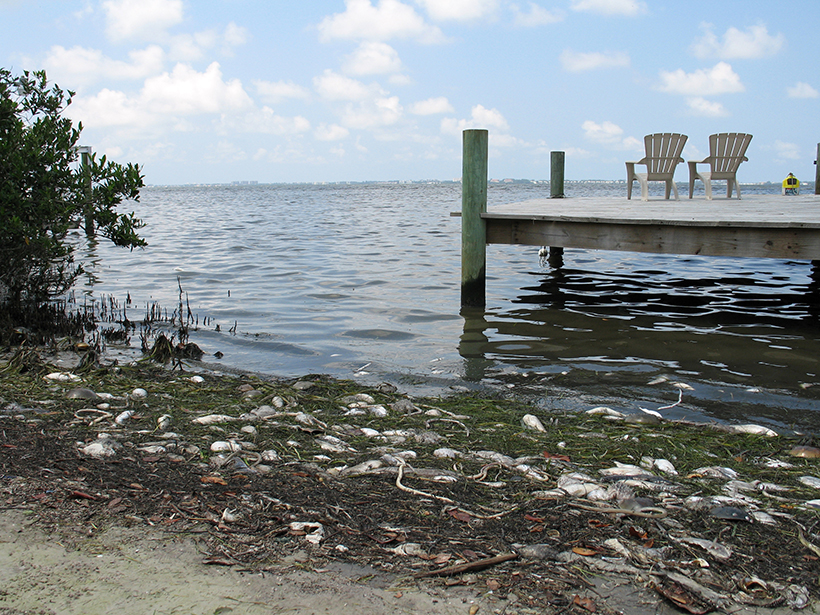An international team probed Arctic permafrost samples to better understand the carbon feedback loop that could be set off by future thawing.
carbon cycle
Scientists Develop New Tool to Monitor Reef Health
A first-of-its-kind system could reveal short-term changes in threatened reefs worldwide.
Synthesizing Our Understanding of Earth's Deep Carbon
The Deep Carbon Observatory is entering a new phase, in which it will integrate 10 years of discoveries into an overarching model to benefit the scientific community and a wider public.
How Climate Change Affects the Flow of Carbon from Land to Sea
Changes in precipitation and runoff in New England may be driving more dissolved organic carbon into the Gulf of Maine.
Tiny Creatures Form Massive, Bright Ring Around Antarctica
Dense algae populations in the Great Calcite Belt could cause carbon dioxide release from the ocean into the atmosphere.
Ellen R. M. Druffel Receives 2016 Roger Revelle Medal
Ellen R. M. Druffel was awarded the 2016 Roger Revelle Medal at the American Geophysical Union Fall Meeting Honors Ceremony, held on 14 December 2016 in San Francisco, Calif. The medal is for "outstanding contributions in atmospheric sciences, atmosphere-ocean coupling, atmosphere-land coupling, biogeochemical cycles, climate or related aspects of the Earth system."
Peter George Brewer Receives 2016 Maurice Ewing Medal
Peter George Brewer was awarded the 2016 Maurice Ewing Medal at the American Geophysical Union Fall Meeting Honors Ceremony, held on 14 December 2016 in San Francisco, Calif. The medal is for "significant original contributions to the ocean sciences."
Earth's Carbon-Climate Feedbacks Varied in Past Warming Episodes
Records from drill holes in the eastern equatorial Pacific indicate that Earth's orbital eccentricity played an important role in controlling climate as the planet warmed.
A Wetter Climate Increases Methane Production in Peat
As northern Minnesota's climate got wetter, precipitation drove mobile forms of young carbon deeper into peatlands, doubling the size of methane-producing strata.
Coastal Observations from a New Vantage Point
The NASA Geostationary Coastal and Air Pollution Events satellite mission plans to keep an eye on short-term processes that affect coastal communities and ecosystems.


